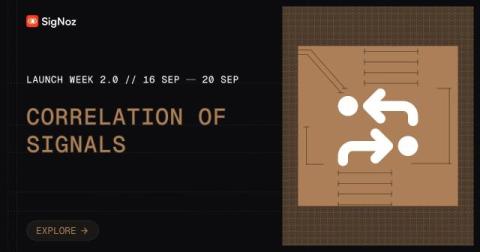Preparing for the unexpected: Lessons from the AJIO and Jio Outage
Just in the past few months, we've seen high-profile outages happen for all sorts of reasons—server glitches, network issues, and even that now-infamous configuration update that nearly broke the Internet. These incidents remind us how fragile our digital world can be. But it's not just software-related issues causing these disruptions. In the last week alone, two unfortunate incidents involving fires have taken down major websites in the Asia-Pacific region.











